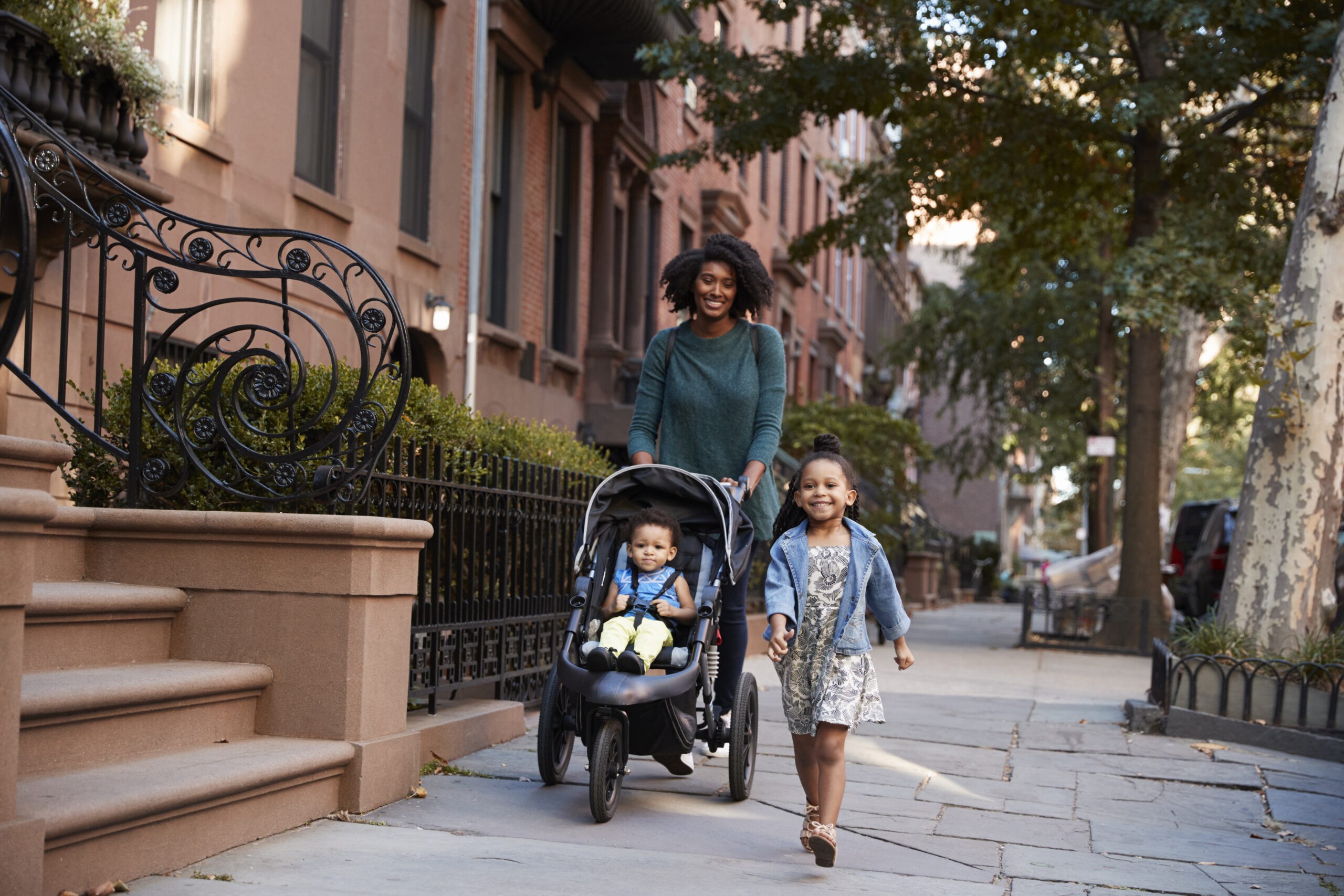
In this article
Inclusivity isn’t just one-half of the latest diversity and inclusion initiatives from your employer. You can actually be more inclusive in your everyday life. Embracing inclusivity means acknowledging the uniqueness and diversity of the people around us.
As moms, part of our job is to teach and model the best behavior we can for our children. Of course, there are topics that we can lean on others to teach our children. We send them to school, get tutors for subjects that need more attention, ask our pediatricians to explain medical advice, and even look to Pinterest to learn crafts and creative activities. However, helping our children learn acceptance, show appreciation, and support equality has to start with our own internal work.
What is an inclusive lifestyle?
An inclusive lifestyle is one where we embrace and celebrate cultural differences. A life filled with respect and kindness to everyone, regardless of where they come from, what they look like, or who they are. People are valued because of their differences and respected for their uniqueness in an inclusive environment. Most of us intend to live a lifestyle where we show love toward everyone around us, but our circles and groups of friends do not always reflect our desire for diversity and inclusion.
Why it’s important to think inclusively
Being proactive in how we accept everyone and have an attitude of inclusion is great for our culture, but we have to make sustainable changes if we want to shape our families to carry these values forward. Raising an anti-racist child requires more than just talking to them about why racism is horrible. If we want our children to naturally behave certain ways and be global citizens, showing them is always better than telling them. When we think and prioritize inclusivity, we show them how important these actions are. If we can do it, so can they!
How to model an inclusive lifestyle for your children
Luckily, modeling an inclusive lifestyle does not have to be difficult or time-consuming. Most moms have enough on their plates to think about. Here are a few steps to lead a more inclusive life without adding too much to your to-do list.
Question what you do, and be open to new people and experiences
There are times when we might feel uncomfortable in certain situations, and when those times arise we should start asking questions. When we ask questions, we can dig into the reasons we feel uncomfortable and face them head-on. By working through those uncomfortable situations and opening our minds to meeting new people and exploring new experiences, we can start to broaden our minds and discover more multicultural settings where we can immerse ourselves.
Increase your circle
Contribute to diversity and inclusion in your circle by inviting new people to your events, engaging with them at functions, and sincerely investing time to get to know them. As your child sees you mixing up your group of friends and interacting with people who are clearly different from your family, they will see how easy and natural it is.
Simple ways to increase your circle could be volunteering to work with new people at school events, having playdates with friends who are different from your child, and spending time with new and different mom friends outside of kid time.
Avoid and debunk stereotypes
Believing in and sharing stereotypes exposes potential unconscious bias, prejudice, and true beliefs. First impressions and judgments based on misinformation can influence your reactions to that person and what you teach your children. Breaking down your biases and challenging what you believe can be hard inner work, but it’s necessary to make an impact on the values that your child sees and learns from you.
When breaking down your thoughts on stereotypes, think about how you can avoid assumptions and give everyone the benefit of the doubt. Buying your children books and toys with diverse characters can help show how our unique qualities are worth celebrating.
Explain how privilege does or does not affect you
Being totally aware of what we have, can do, get access to, and our position in society is a major first step in dismantling certain behaviors for our children. Privilege is based on social, political, and cultural constructions and thus affects us whether we have privilege or not.
Consistently challenge your beliefs
If you were raised in an environment with beliefs that are different from what you want to teach your children, it might take some time to get through this period. An ingrained belief will have to be constantly challenged as your natural behaviors and thoughts will take over any new practices. The good news is that your children will not have this problem if you carefully share your new beliefs with them and model this behavior for them to follow.







